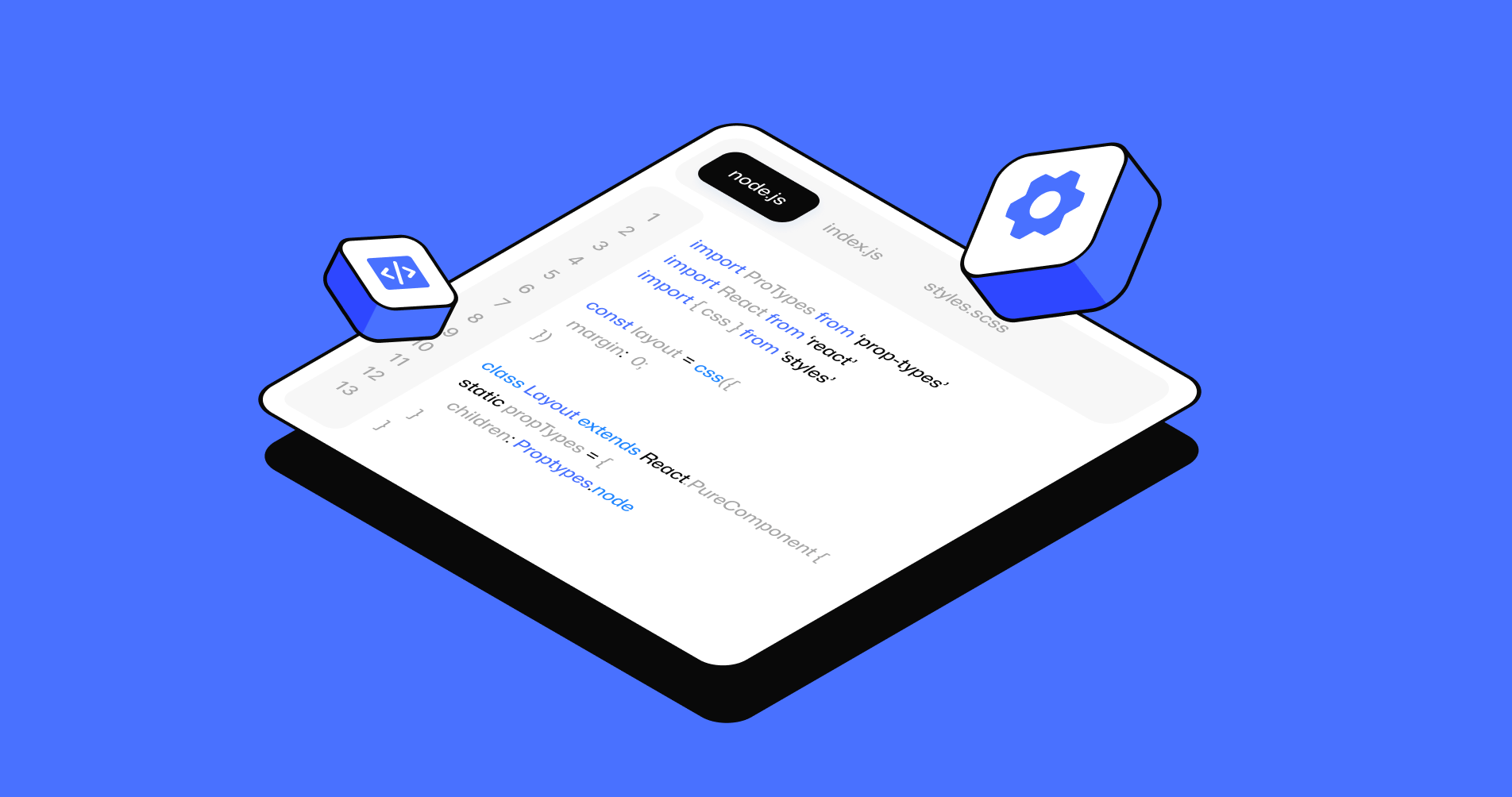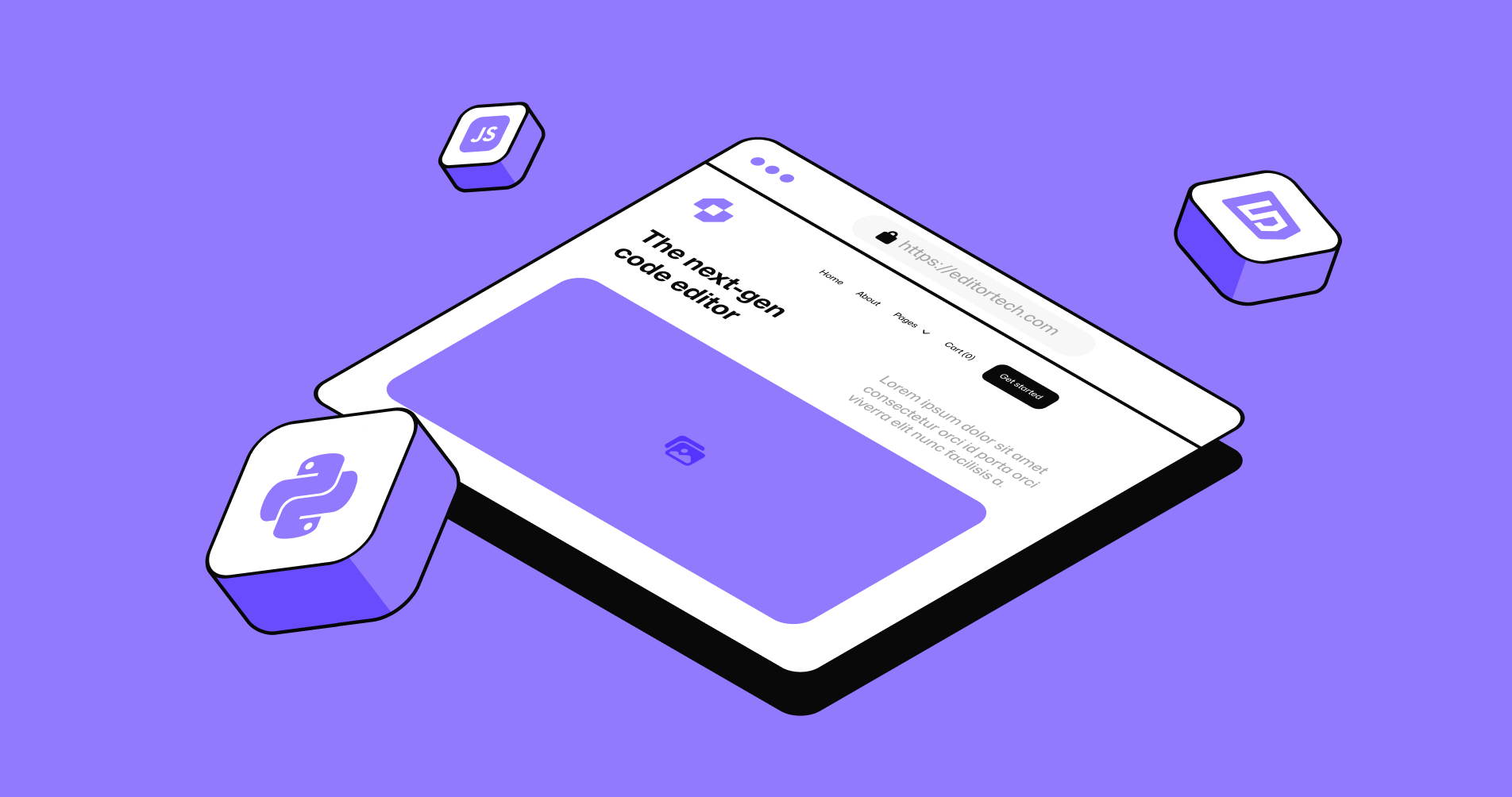
Search marketing has always been data-driven, but the pace, volume, and variety of signals in 2025 make yesterday’s playbooks feel painfully slow. That is why more brands now lean on AI market research and AI search marketing consulting to turn chaotic data streams into clear, revenue-driving actions.
An end-to-end “AI stack” provides the technical backbone for this shift, weaving together data pipelines, machine-learning models, and automation engines so you can make smarter decisions in real time. If you have been wondering how to architect such a stack—or whether it is even worth the effort—this guide breaks down every layer, the tools that sit inside them, and a pragmatic rollout plan.
Traditional Tactics Fall Short in a Multi-Signal World
Keyword research once revolved around a handful of metrics from a single SEO or PPC platform. Today, Google’s AI-powered SERPs, TikTok search behavior, voice queries, and real-time product feeds have exploded the number of variables that matter.
Humans alone cannot watch every ranking shift, test every headline variation, or re-forecast budgets on the fly. Without an AI foundation you risk chasing last week’s data while competitors optimize in real time.
What an AI Stack Really Means
Think of an AI stack as a layered system, each tier specializing in a job that feeds the next tier down the line:
- Data Inputs
- Enrichment & Market Intelligence
- Decision Support Models
- Activation & Automation
- Measurement & Feedback
When these parts talk to one another seamlessly, marketers gain a closed-loop engine that never stops learning.
Building Your AI Stack: Core Layers Explained
Data Inputs and Collection
Everything starts with raw ingredients—first-party analytics, paid-search logs, SEO crawl data, CRM records, and third-party market signals. The goal is centralization: stream all of those sources into a cloud warehouse (BigQuery, Snowflake, or similar) using ETL tools or native APIs. Proper schema design here prevents headaches later when models need consistent, clean tables.
Enrichment and Market Intelligence Layer
Raw data is rarely analysis-ready. At this layer:
- NLP services classify queries by intent
- Entity extraction tools tag content themes
- Sentiment models monitor how audiences discuss your category across forums and social feeds
- Competitor monitoring scrapes ad copy, pricing changes, and SERP feature ownership
Together, these enriched signals create the “truth set” necessary for deeper AI market research insights.
Decision-Support Layer: Predictive and Prescriptive Models
Here the heavy lifting happens:
- Forecasting algorithms project search demand six to twelve months ahead
- Multi-touch attribution models reveal how each keyword or creative element contributes to pipeline revenue
- Reinforcement-learning agents simulate bid strategies and recommend ROAS-optimized mixes
- Clustering models surface topic gaps and predict which articles can earn featured snippets
Activation and Automation Layer
Intelligence is not useful unless it turns into action. The activation layer:
- Pipes model outputs directly into marketing platforms
- Updates keyword bids
- Pauses low-ROI ad groups
- Generates fresh ad copy
- Auto-schedules content refreshes
- Enables trigger-based workflows for hundreds of daily micro-optimizations
Measurement and Feedback Layer
Every action feeds back into the machine through granular measurement:
- Causal-impact analysis attributes uplift to specific AI-driven changes
- Drift detection flags when a model’s performance decays
The result is a self-correcting system: data begets insights, insights drive actions, actions generate new data, and the cycle repeats.
Choosing the Right Tools for Each Layer
There is no single “best” software suite, but the components below cover most needs:
- Cloud Data Warehouses: BigQuery, Snowflake, Databricks
- ETL & Pipeline Orchestration: Fivetran, Airbyte, dbt
- NLP & Computer Vision APIs: OpenAI GPT-4o, Google Vertex AI, Hugging Face pipelines
- Predictive Modeling Frameworks: TensorFlow, PyTorch, Prophet, XGBoost
- Marketing Activation Platforms: Google Ads Scripts, SA360, custom gRPC microservices
- Visualization & BI Tools: Looker Studio, Power BI, Tableau
Mix and match based on budget, in-house skills, and compliance requirements.
Common Pitfalls and How to Sidestep Them
- Data silos remain the top culprit. When SEO, paid search, and analytics teams store data separately, models lack the full picture.
- Lack of model governance can result in automating poor decisions—version control and bias checks are a must.
- Chasing tools before goals often leads to tech bloat. Map business needs first before adopting new platforms.
A Phased Rollout Plan That Works
Phase 1: Audit and Small Wins
- Map current data sources and identify gaps to be competitors
- Build a lightweight prototype (e.g., intent classification for 1,000 queries)
- Demonstrate early impact, such as a 5% CTR lift, to earn internal support
Phase 2: Integration and Automation
- Connect your data warehouse to ad platforms and CMS
- Automate high-impact tasks (e.g., negative-keyword pruning, ad-copy refreshes)
- Document workflows for transparency and team trust
Phase 3: Continuous Optimization
- Use measurement dashboards to monitor model performance
- Retrain underperformers and integrate new data sources (e.g., TikTok search trends)
- Experiment with reinforcement-learning for dynamic bidding
The Indispensable Role of Human Expertise
AI excels at pattern recognition, but it lacks contextual understanding. Human specialists:
- Align AI efforts with brand voice and strategy
- Ensure ethical use and compliance in regulated industries
- Bridge the gap between model outputs and business impact
Partnering with experts in AI market research and AI search marketing consulting helps ensure AI stacks are not just functional—but strategic.
Wrapping Up
An AI stack is more than a collection of buzzworthy tools—it is a disciplined architecture that turns messy search data into faster, smarter decisions. By investing in the five core layers, avoiding common pitfalls, and rolling out changes in phased increments, you will craft a self-optimizing engine that keeps pace with an ever-evolving search landscape. And in a world where milliseconds and micro-decisions compound into market-share gains, that edge is nothing short of decisive.
Subscribe to our newsletter
Get regular updates on the latest in AI search





.png)


